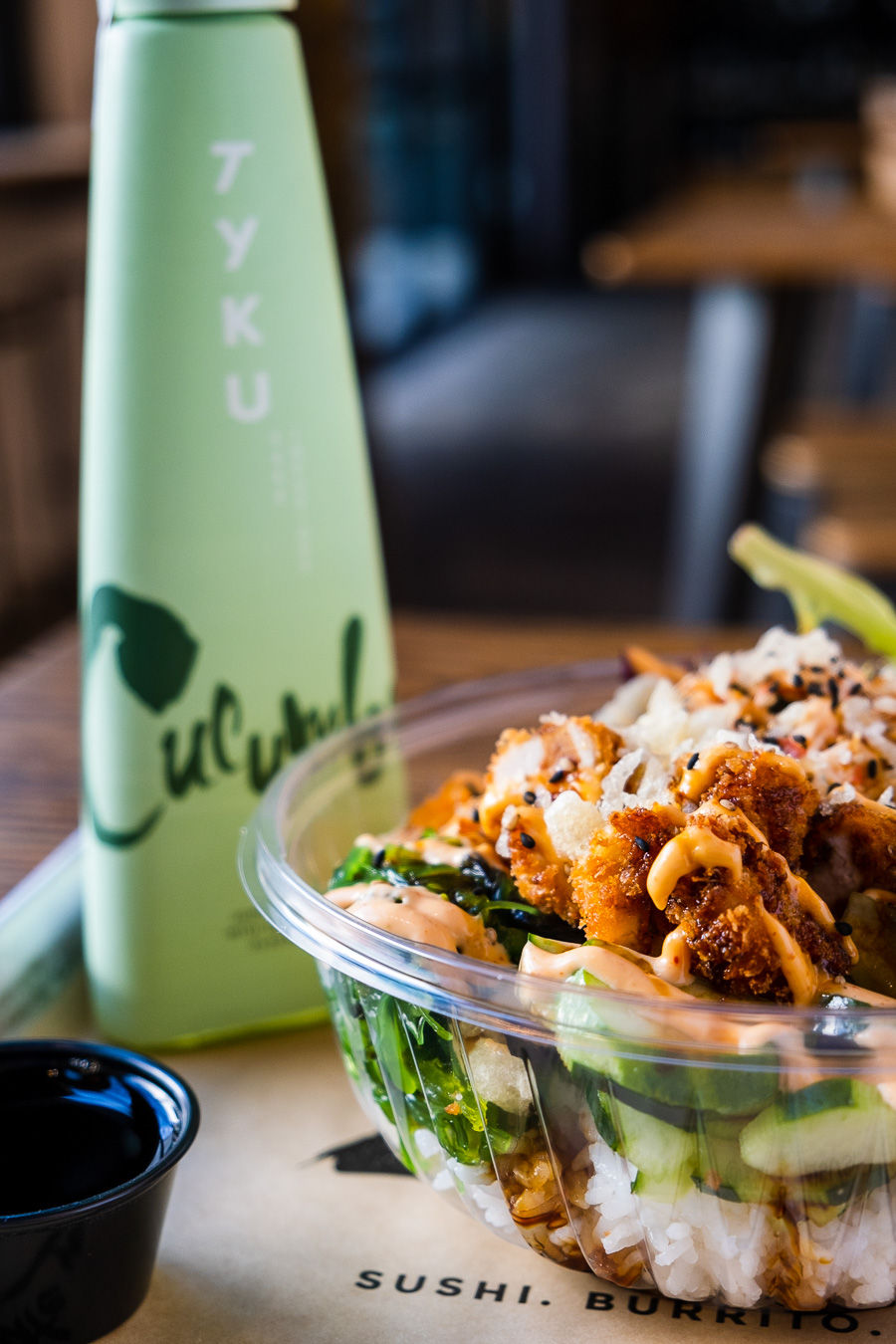Where to start with sake varieties
- Zukku Sushi

- Apr 8, 2022
- 2 min read
American interest in sake has exploded as more and more drinkers discover the magic of Japan's national beverage. Despite often being called "Japanese rice wine," it's produced via a process closer to beer brewing. The original method for turning rice into alcohol came to Japan from China, but the Japanese have perfected their exacting techniques for fermenting polished rice with koji, the "miracle mold," over more than 2,000 years.

While sake is what we call it in the U.S., the word in Japan means simply "alcohol." The specific Japanese word for the type of spirits we're talking about is nihonshu.
What does sake taste like? Aside from being delicious, it's generally clean tasting, a little bit sweet, a little bit nutty, with an astringent mouthfeel and aroma. But just as wine connoisseurs and beer snobs will tell you that not all merlots or pale ales are made equal, there are many styles of sake and many brewers to try. Each sake has a character of its own, reflecting the region and where the ingredients were sourced. Here are some basic distinctions.
JUNMAI OR HONJOZO
There are two basic families of premium sake, junmai or honjozo. Junmai means "pure rice." If a bit of brewer's alcohol is added during production, the sake is honjozo. If none was added, it's junmai.

While neither is superior, junmai has a fuller texture, and bigger, bolder flavors. Its higher acidity tends to pair better with richer fare. Junmai sake can be so complex and layered that new flavors and aromas will reveal themselves halfway through a bottle.
Honjozo is lighter on the palate, and easy to drink throughout a long meal, or a whole night. Because of its less complex flavor, honjozo is better for warming -- the subtleties aren't lost as the temperature rises.
GINJO OR DAIGINJO
These sake subcategories, which can be junmai or honjozo, are distinguished by how much the rice has been polished to remove the outer layer of protein and fat. Ginjo and daiginjo are made in smaller quantities with the most traditional methods. Both showcase the highest levels of sake craftsmanship.
Junmai ginjo: To meet the standards of ginjo at least 40 percent of the rice's outer grain has been polished off. The resulting sake is lively, fruity and aromatic, but less earthy than non-ginjo varieties.
Junmai daiginjo: Daiginjo requires at least 50 percent of the rice's outer layer be polished away. Even though that's only 10 percent more polishing than ginjo, the difference in flavor can substantial. Brewers make daiginjo with their best rice at the highest polishing rate. This smooth and delicate sake is unmatched in its elegance and is often a brewer's most prized bottle. Nothing quite matches a daiginjo for a special occasion.
NIGORI, OR "UNFILTERED" SAKE

With a name that roughly translates to "cloudy," this milky, white variety of sake was revived in the 1960s by a Kyoto-based brewer looking to revive its 100-year-old recipe. Nigori is still filtered, though with a broader mesh, and is the sweetest of all sake, with coconutty, fruit notes.
HOT OR COLD
However you like it! There is no right answer, but sake experts will tell you that most premium sake is best enjoyed chilled to enjoy the refined flavors and aromas that can be lost with warm sake.





Comments